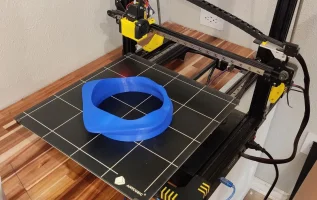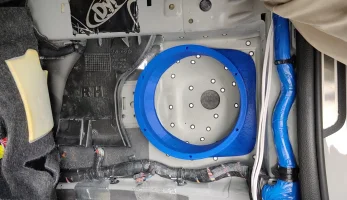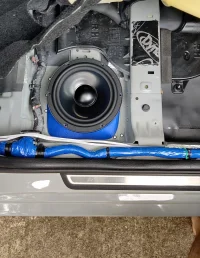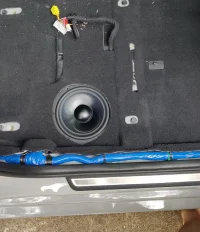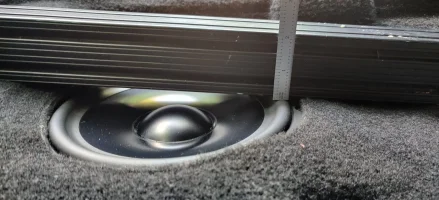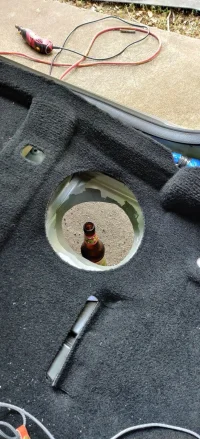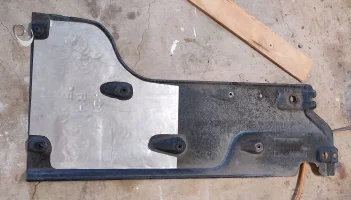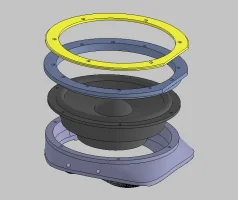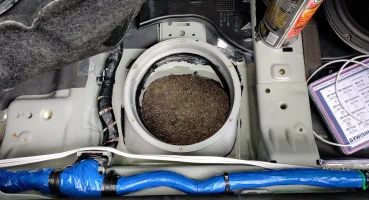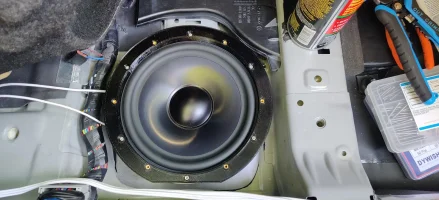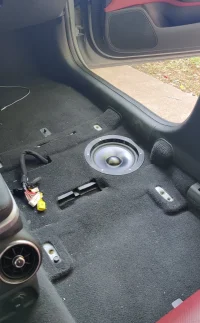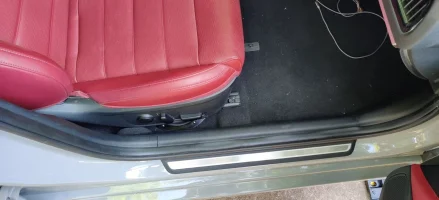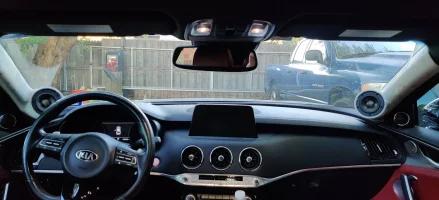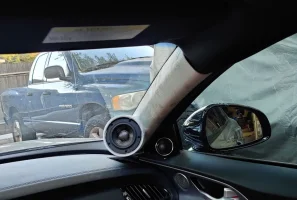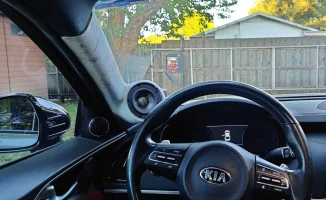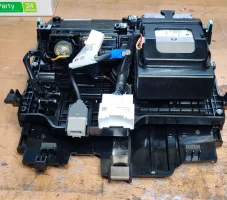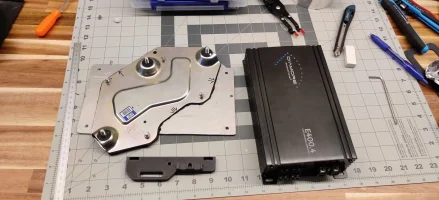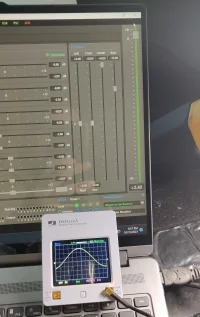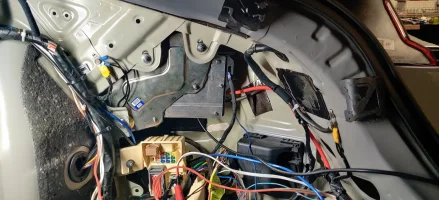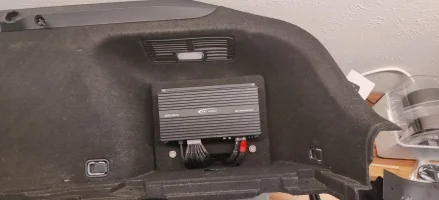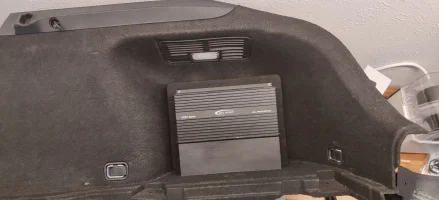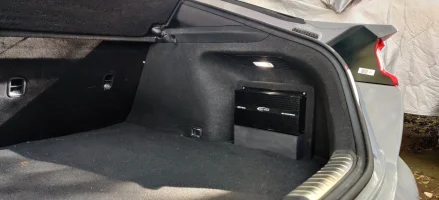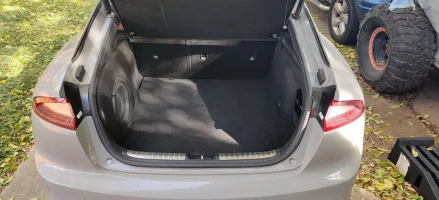Aarvix
Stinger Enthusiast
We recently got a new toy at work (3D scanner) so I borrowed it for a little "off the job training". That's what the dots are for.
Scanned the OEM subwoofer pan, then modeled up an adapter in Inventor. I'll print a quick and dirty mockup in PLA to see if it fits before cutting anything.
The carpet cutout will have to be enlarged, and I'll have to figure out a grille of some sort, but it looks possible.
I'll likely need to open up the hole in the floor a bit, but speaker doesn't look to even hang down out of the car, which is nice.
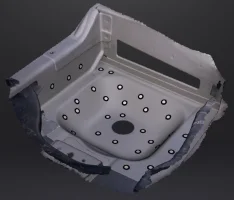
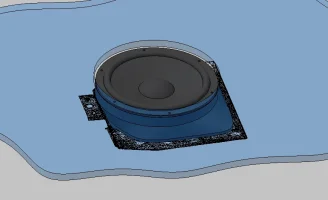
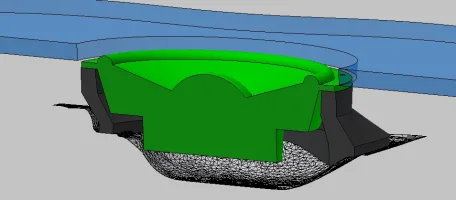
Next step will be the midrange pods.
Scanned the OEM subwoofer pan, then modeled up an adapter in Inventor. I'll print a quick and dirty mockup in PLA to see if it fits before cutting anything.
The carpet cutout will have to be enlarged, and I'll have to figure out a grille of some sort, but it looks possible.
I'll likely need to open up the hole in the floor a bit, but speaker doesn't look to even hang down out of the car, which is nice.



Next step will be the midrange pods.


